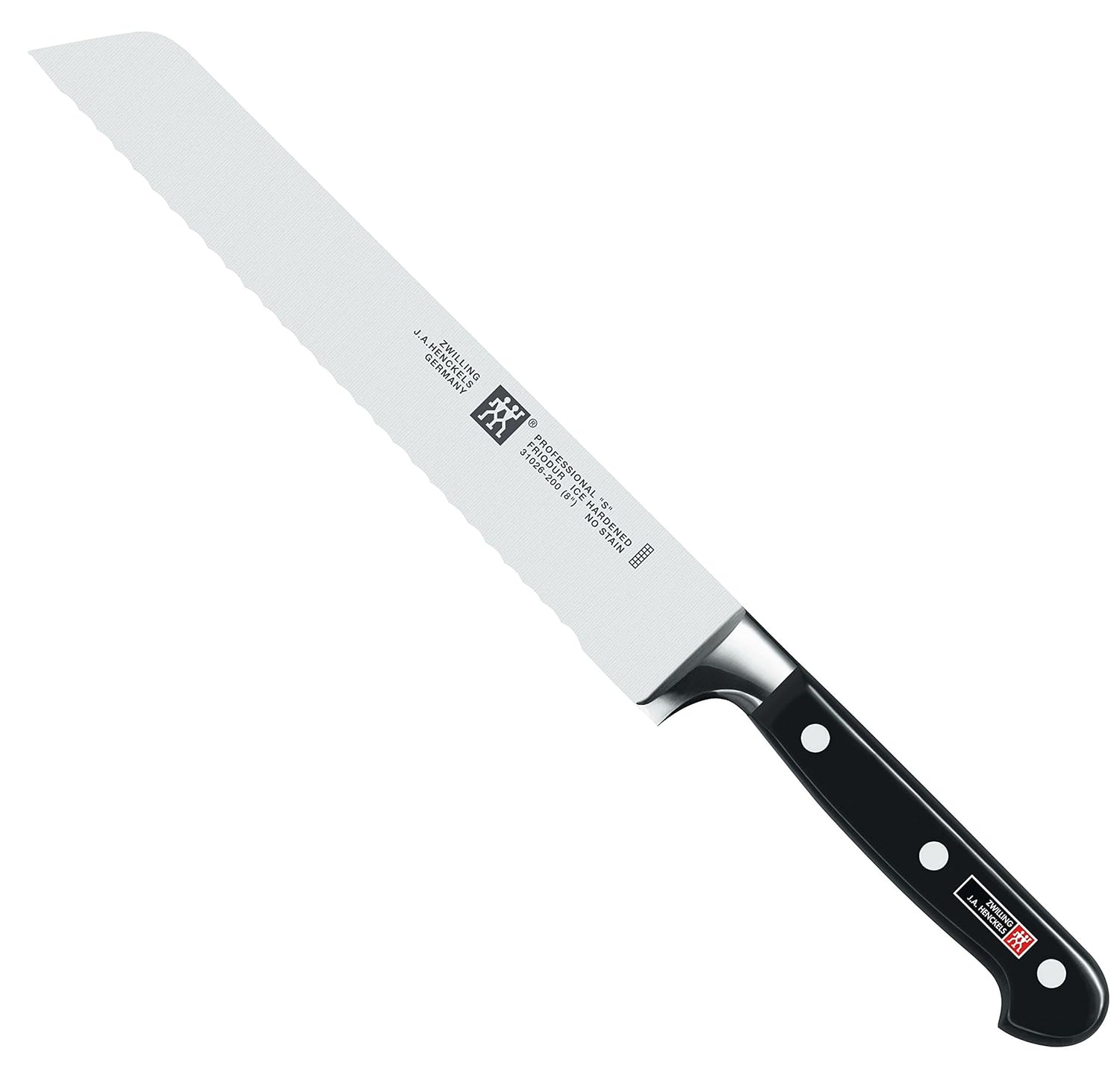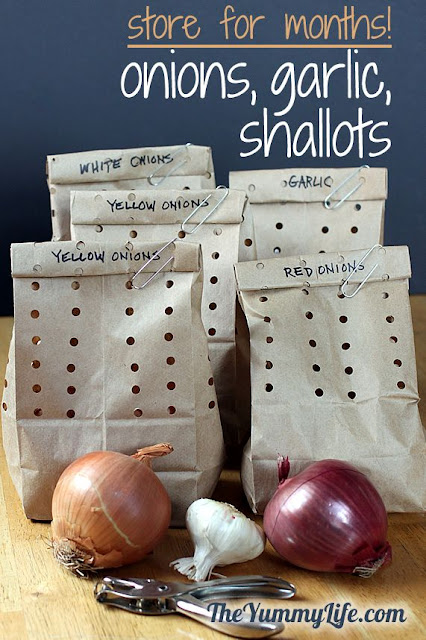Utensils
Strainers
A kitchen device that is most used to strain liquids away from other ingredients but also to ocassionally sift fine ingredients away from larger ingredients. The Strainer may be formed as a spoon-shaped utensil or a basket-shaped strainer from various materials such as metal, nylon or cloth. Some Strainers with mesh screens have various densities of screening that range from fine to very coarse screens. Finer screens keep very tiny particles from being released while the more coarse strainers are often used simply to hold or retrieve larger food items such as fried foods that are removed from hot oils as they cook.
Strainers are made from materials that include: stainless steel, tinned steel, aluminum, nylon, and cloth. The construction of the different types of Strainers varies from light weight to heavy duty with frames that are quite strong and durable to hold the anticpated contents. Some Strainers have formed edges with "hooks" which allow the sieve to rest on top of pots or bowls while the contents are being drained. A Strainer is also referred to as a "Sieve."
Egg Slicer

An egg slicer is a food preparation utensil used to slice peeled, hard boiled egg quickly and evenly. An egg slicer consists of a slotted dish for holding the egg and a hinged plate of wires or blades that can be closed to slice.
It was invented at the beginning of the 20th century by the German Willy Abel (1875-1951) who also invented the bread cutter. The first egg slicers were produced in Berlin Lichtenberg.
Referensi :
"Egg slicer," in Charles G. Sinclair, ed., The International Dictionary of Food and Cooking, p. 184. Peter Collin Pub., 1998. Google Book Search. Retrieved on December 11, 2009.
Bread Knife
Bread knives are used for cutting bread and are one of many kitchen knife used by chefs. The serrated blades of bread knives are able to cut soft bread without crushing it.
History
One such knife was exhibited at the World's Columbian Exposition in 1893 in Chicago by the Friedrich Dick company (Esslingen, Germany). One design was patented in the United States by Joseph E. Burns of Syracuse, New York. His knife had sections of grooves or serrations, inclined with respect to the axis of the blade, that form individual small cutting edges which were perpendicular to the blade and thus cut without the excessive normal pressure required of a scalloped blade and without the horizontal force required by positive-raked teeth that would dig into the bread like a wood saw. There were also sections of grooves with the opposite direction of inclination, separated by a section of smooth blade, and the knife thus cut cleanly in both directions in both hard and soft bread.
Measurement
Bread knives are usually between 15 cm and 25 cm (6 and 10 inches). An offset serrated knife uses an offset handle to ensure the cook's knuckles will not touch the cutting surface when the blade has cut all of the way through the food.
Referensi :
http://www.fdick.us "We are producing serrated knives thus bread knives since we started the production of knives in 1889." "Series 1893 means that in this year, Friedr. Dick exhibited during the biggest international fair in Chicago"




Komentar
Posting Komentar